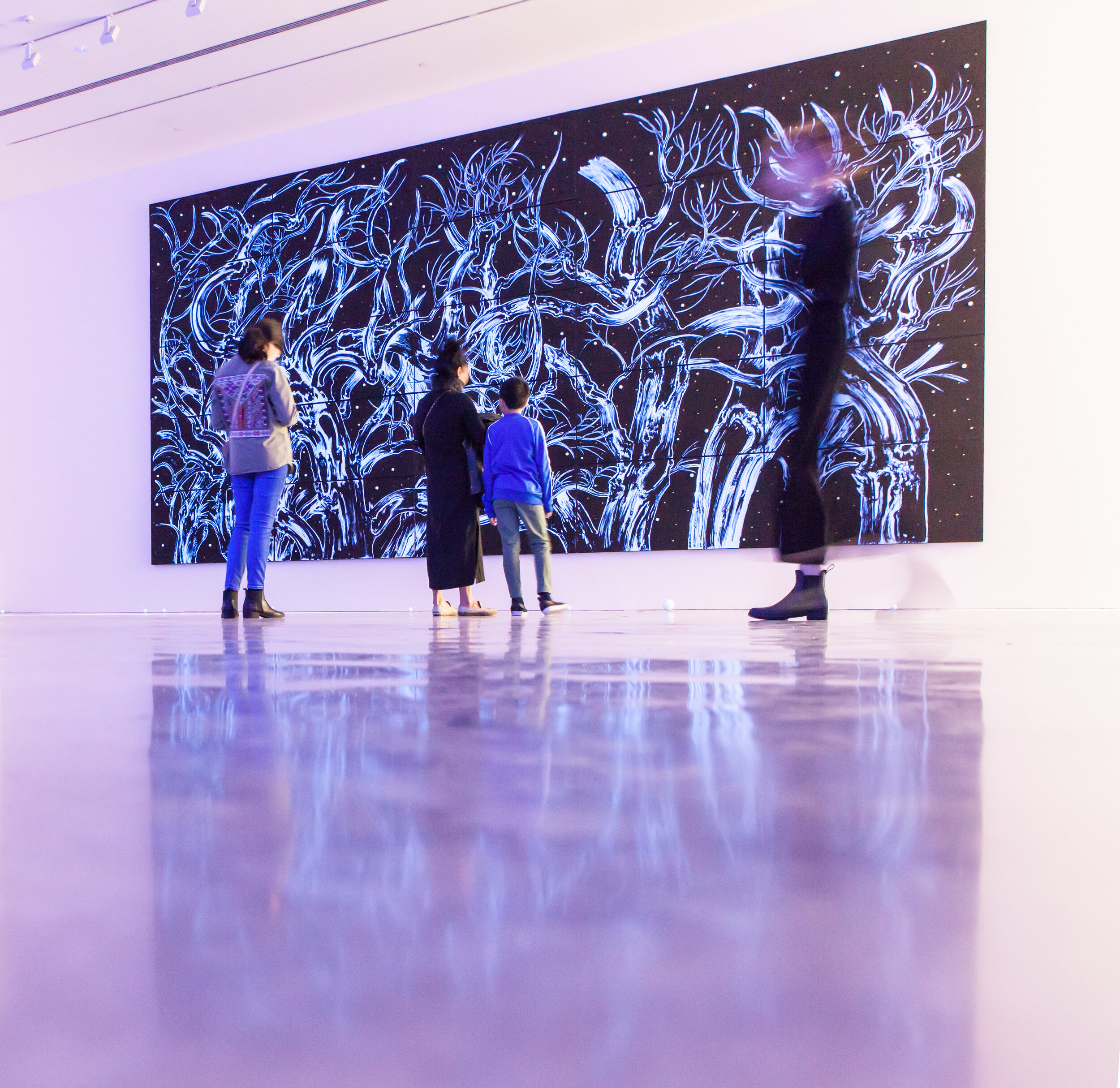THE TOPOLOGY OF CONTEMPORARY ART - PT. 5
The iconoclastic gesture produced by the modernist artwork works, of course, not only as a manifestation of artistic subjectivity understood as pure negativity. This gesture had the positive purpose of revealing, in the work of art, its pure presence. It was aimed at establishing, as Malevich put it, the "supremacy of art" by freeing it from its submission to mimetic illusion, communicative intention and the traditional requirements of immediate recognition. Too often characterized as "formalist", Modern art can hardly be defined only in formal terms. Modernist works of art are too heterogeneous on a formal level to be subsumed under a purely formalist criterion. Rather, modernist art can be characterized by its particular claim to truth: in the sense of being present, conscientiously visible, immediately revealed, or, to use a Heideggerian term, "unhidden. Beyond this specific claim to truth, the modernist artwork loses its edge and becomes merely decorative, whatever its forms may be. It was precisely this claim to truth that was placed among question marks by postmodernist critics: the apparently immediate presence of the modernist artwork was accused of concealing its real repetitive and reproductive character. The mere fact that the modernist artwork is still recognizable as a work of art means that it reproduces the conditions of recognizability of a work of art as a work of art, even if it appears to be a completely original form. Moreover, the iconoclastic gesture produced by the modernist artwork can itself be described as functioning in a repetitive and reproductive way. This means that the truth of the modernist work of art, understood as its immediate material presence, can easily be described as a lie, as a concealment of a potentially infinite number of reproductions, copies that make this "original" work of art identifiable, recognizable in the first place. Postmodern art renounces this claim to truth that Modernism had formulated. But postmodern art does not articulate its own claim to truth and remains critical and deconstructive. Under the conditions of postmodernity art becomes a lie that manifests itself as a lie and finds its truth in the classic paradox of a liar who confesses to be a liar. This means that the postmodern work of art is at the same time present and absent, true and false, real and simulated.
With these distinctions in mind it becomes relatively simple to characterize the place of contemporary installation with respect to the modernist claim of truth and its post-modern deconstruction. The installation is, as already said, a finite space of presence where different images and objects are arranged and exhibited. These images and objects present themselves in a very immediate way. They are here and now and are exhaustively visible, given, unhidden. But they are uncovered only as long as they are part of that particular installation. If considered in isolation, these images and objects do not conjure up the claim to truth and to being uncovered. On the contrary, those images and objects manifest - usually in a very obvious way - their status as copies, reproductions or repetitions. It could be said that the installation formulates and makes explicit the conditions of truth of those images and objects that make up the installation. Each image and object of the installation can be seen as a true, unhidden and present being; but only within the space of the installation. In their links to the external space, the same images and objects can seem very revealing and at the same time hide their status of being pieces of a potentially infinite sequence of repetition and reproduction. The modern artwork called for the claim to be unconditionally true, to be unhidden. Postmodern criticism placed this claim among question marks, but without investigating the conditions of truth, understood as presence and disguise. The installation enunciates those conditions by creating a finite and closed space, a space that becomes the place of the open and inevitable conflict of the decision between original and reproduction, between presence and representation, between the unhidden and the hidden. But the closing that takes place through the installation should not be interpreted as an opposition to the "opening" as such. By closing the installation it creates its outside and opens up to that outside. Closing is not here an opposition to "opening"; it is its precondition. The infinite, on the contrary, is not open because it lacks an exterior. Being open is not the same as being totally inclusive. The work of art that is conceived as a machine of infinite expansion and inclusion is not an open work but the artistic counterpart of an imperial pride. The installation is a place of opening, of revealing and unveiling precisely because it places within its finite space images and objects that also circulate in outer space (and thus opens up to the outside). That is why the installation manages to openly manifest the conflict between the presence of images and objects within the finite horizon of our own experience and their invisible, virtual, "absent" circulation in the space outside that horizon, a conflict that defines contemporary cultural practice.
End of part 5
Giuseppe Alletto
